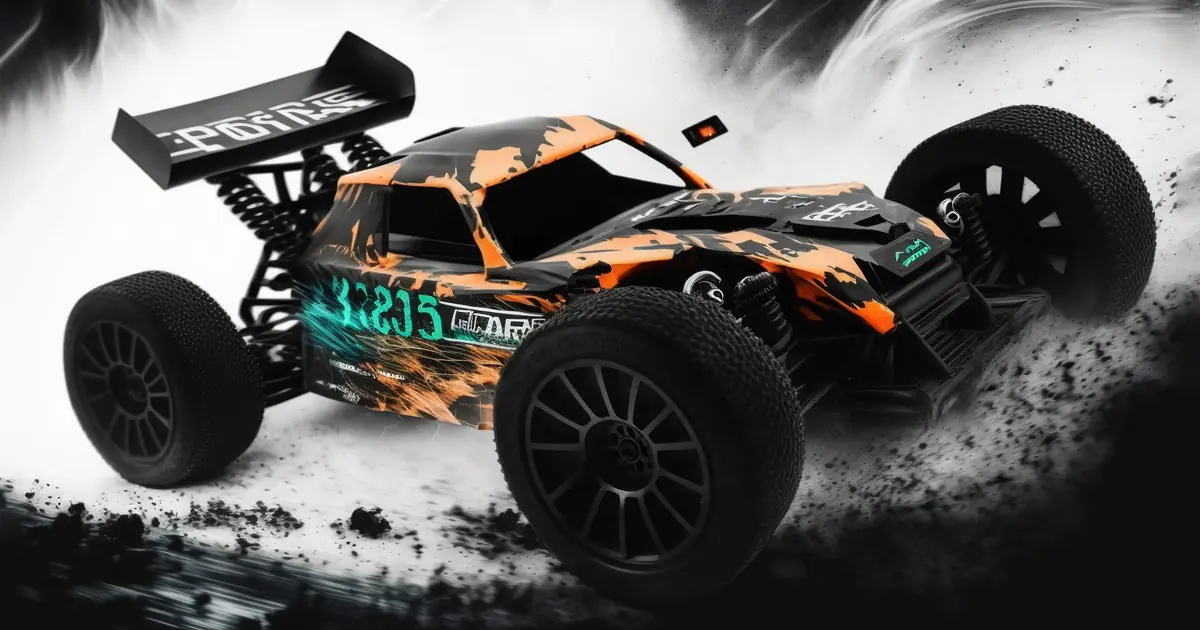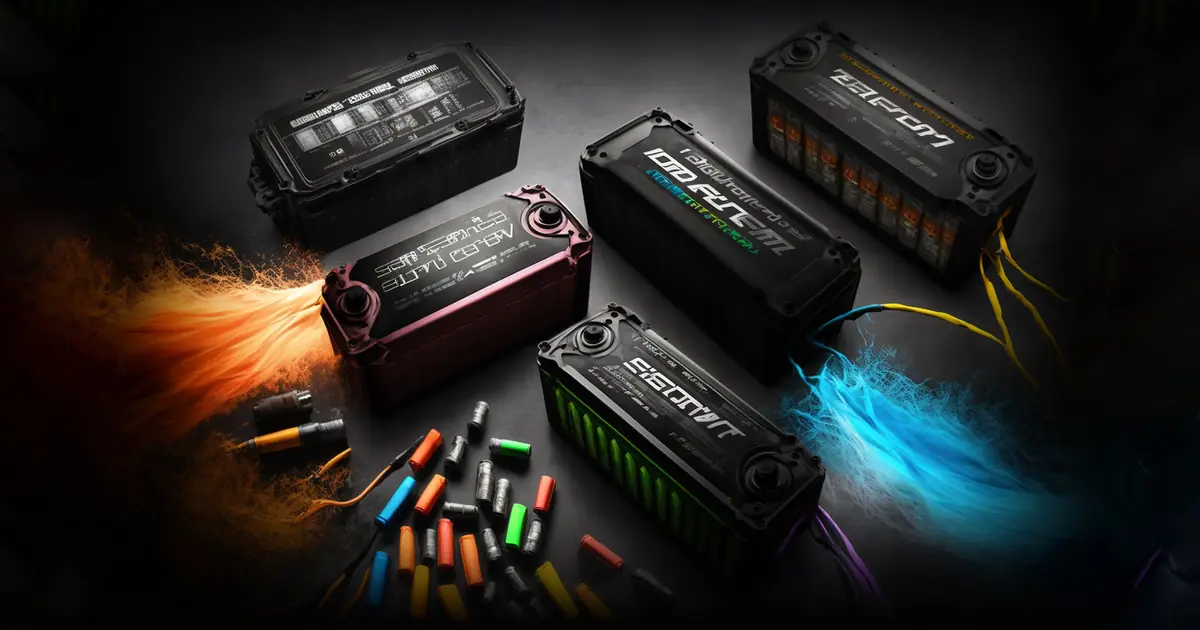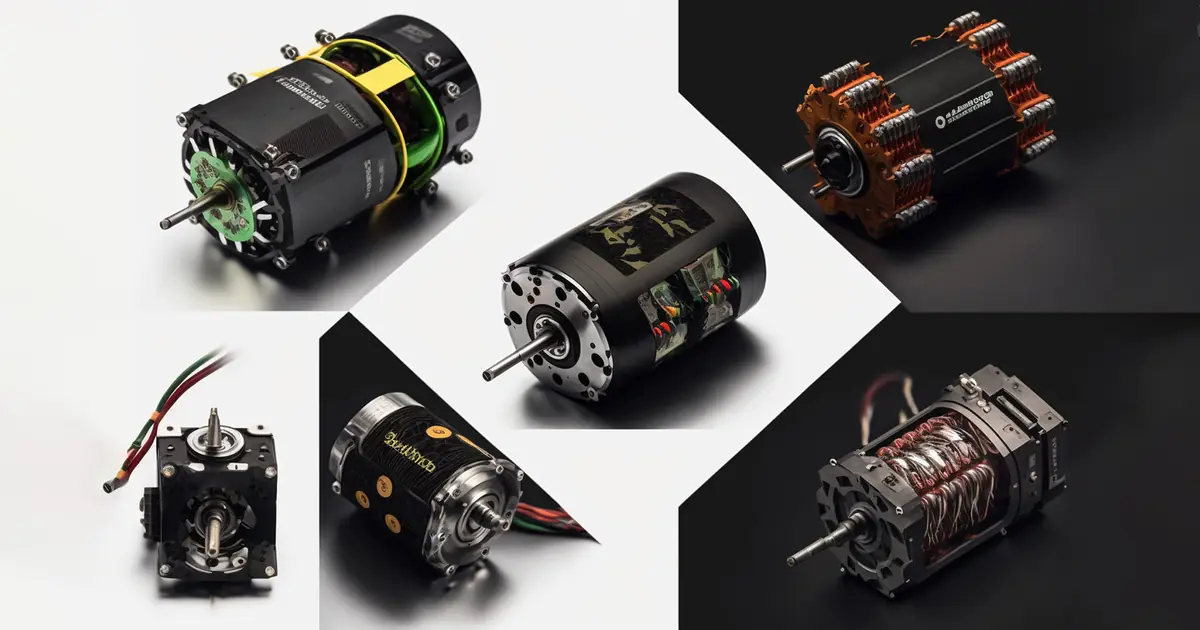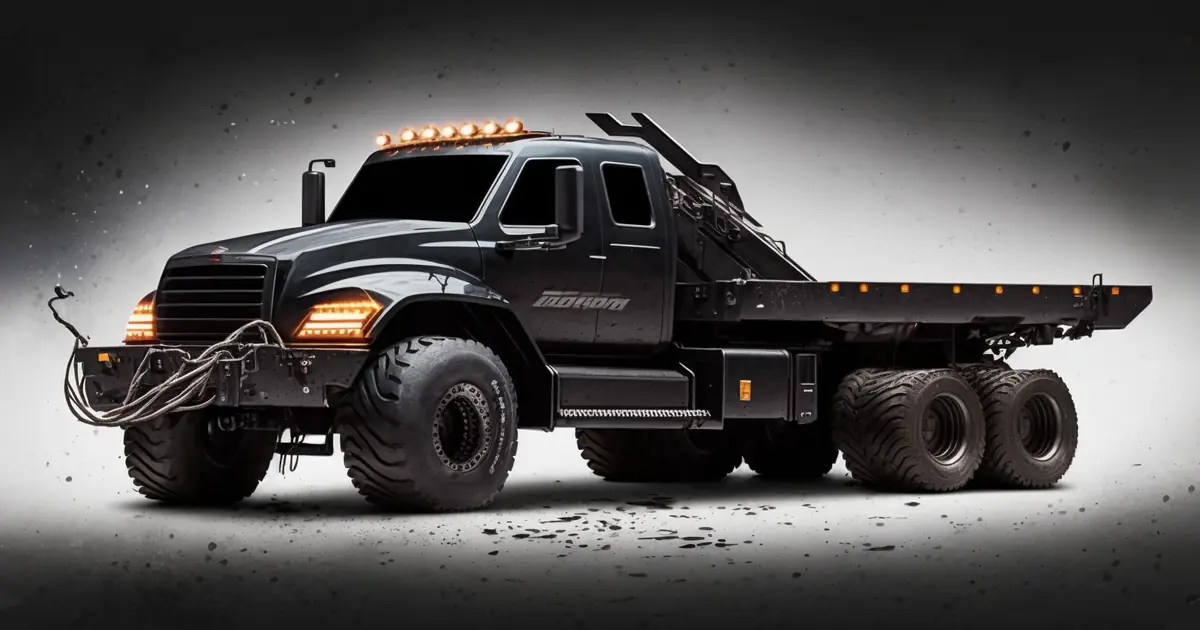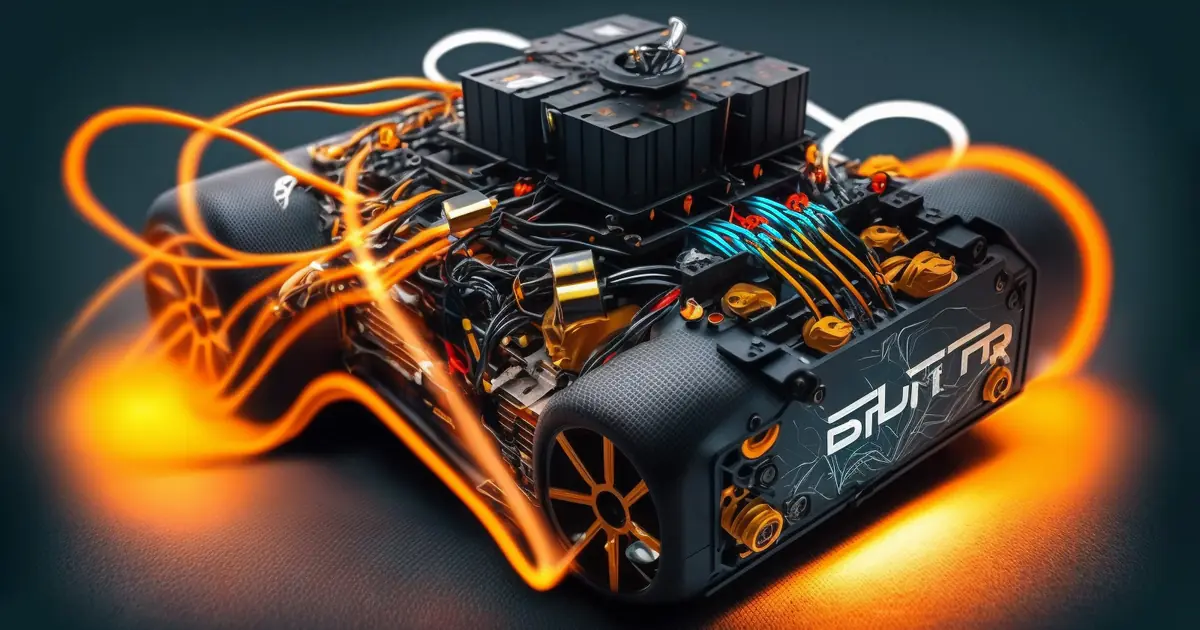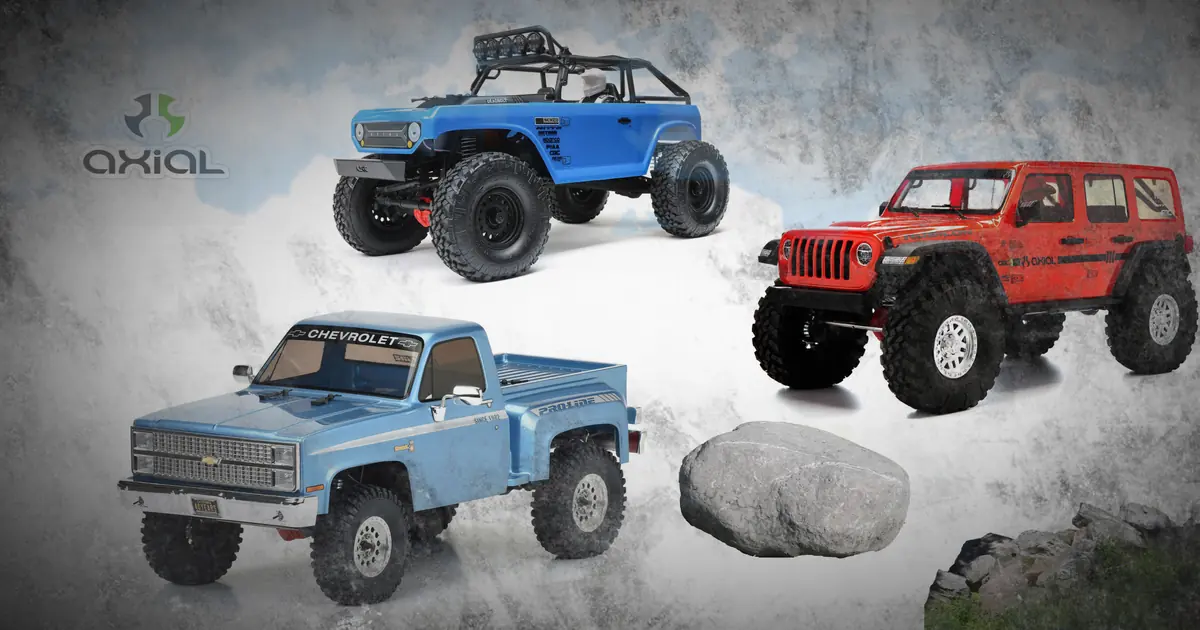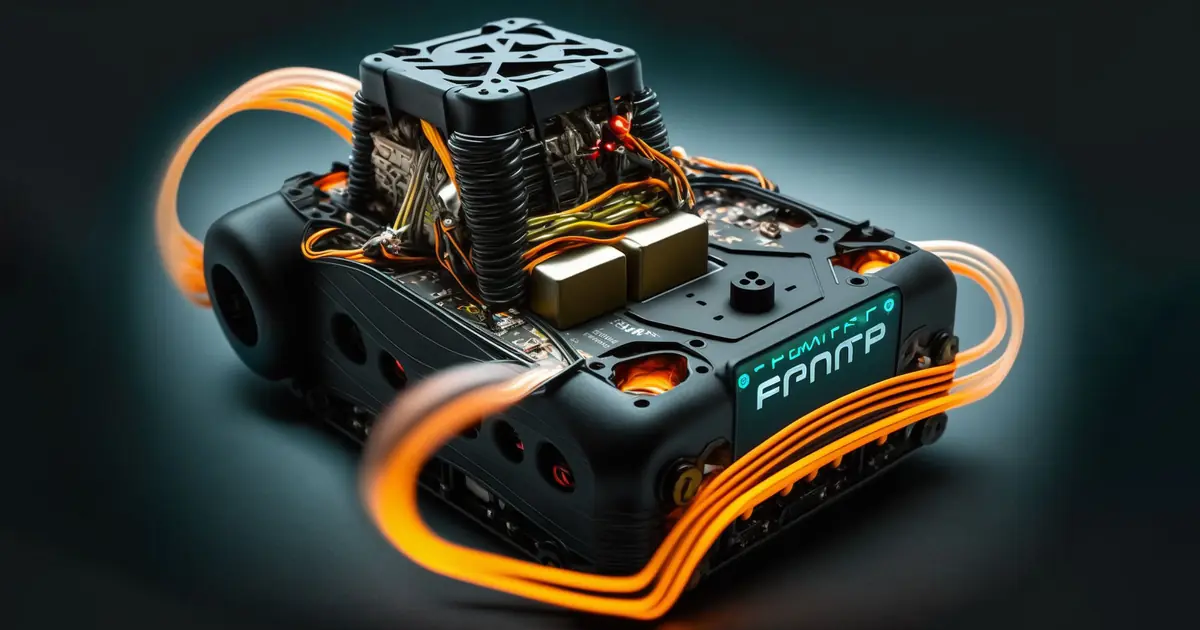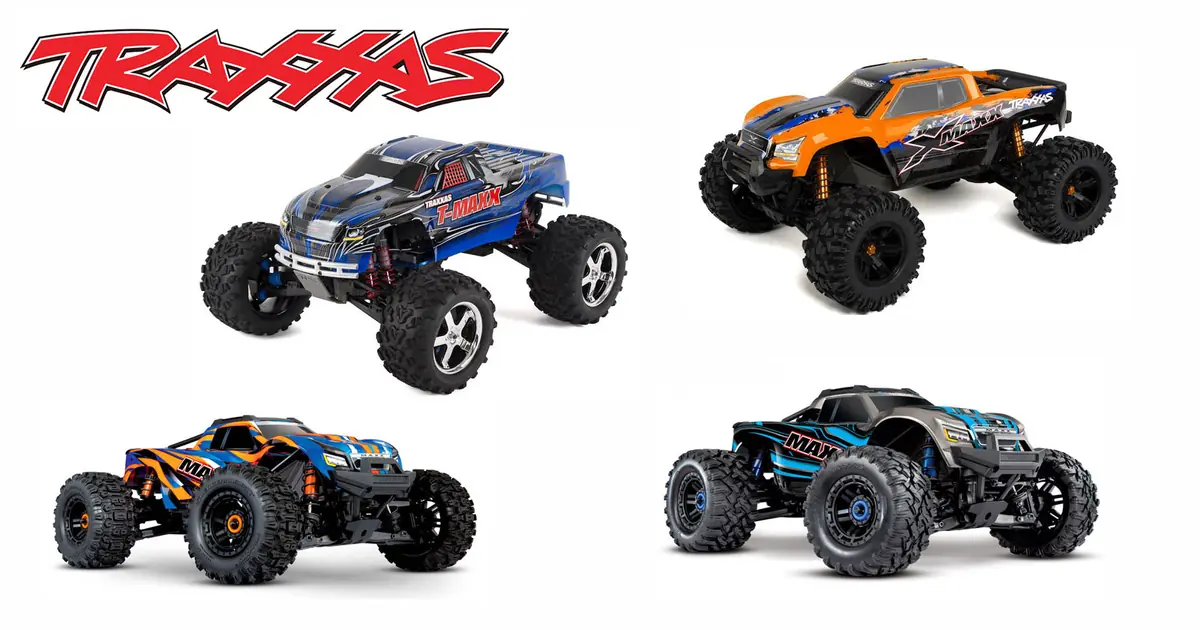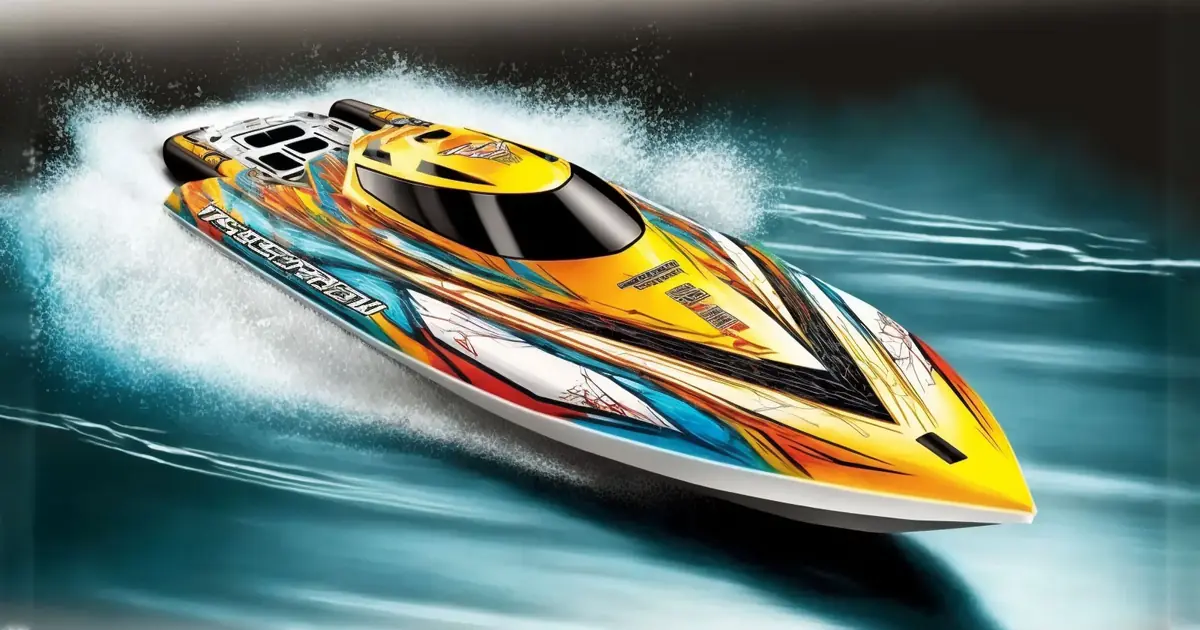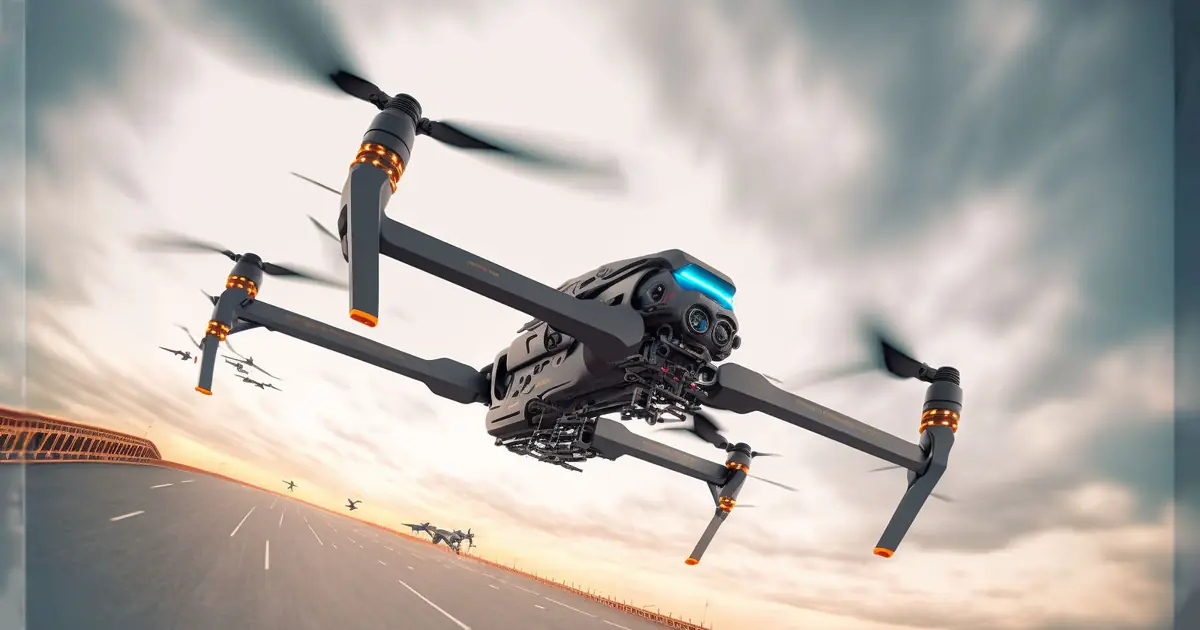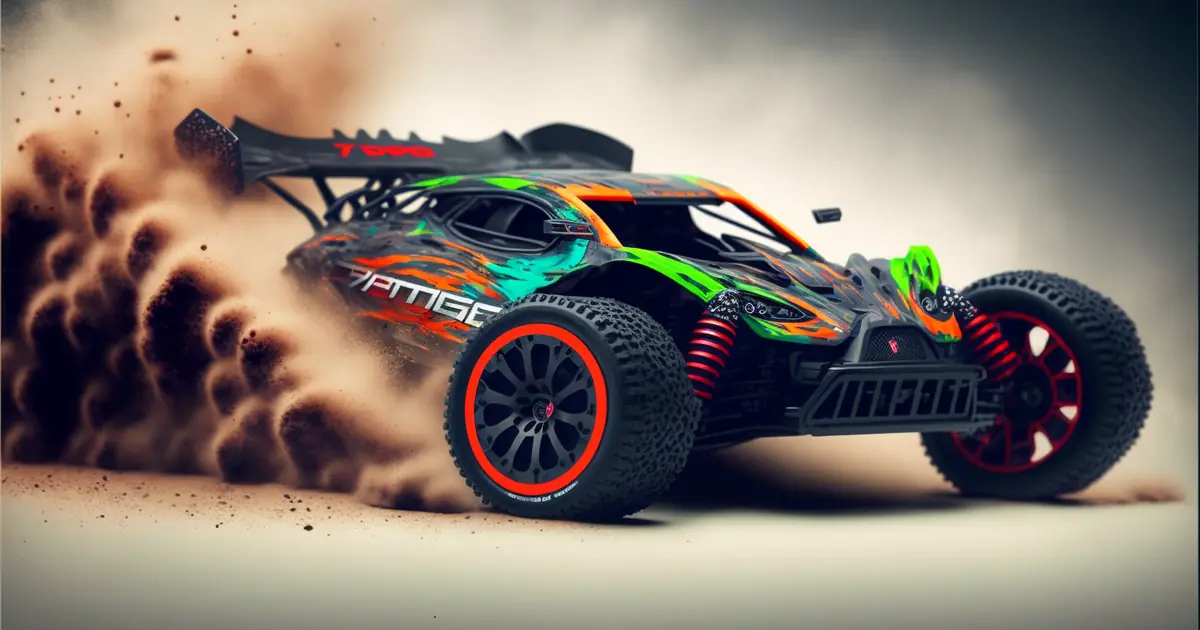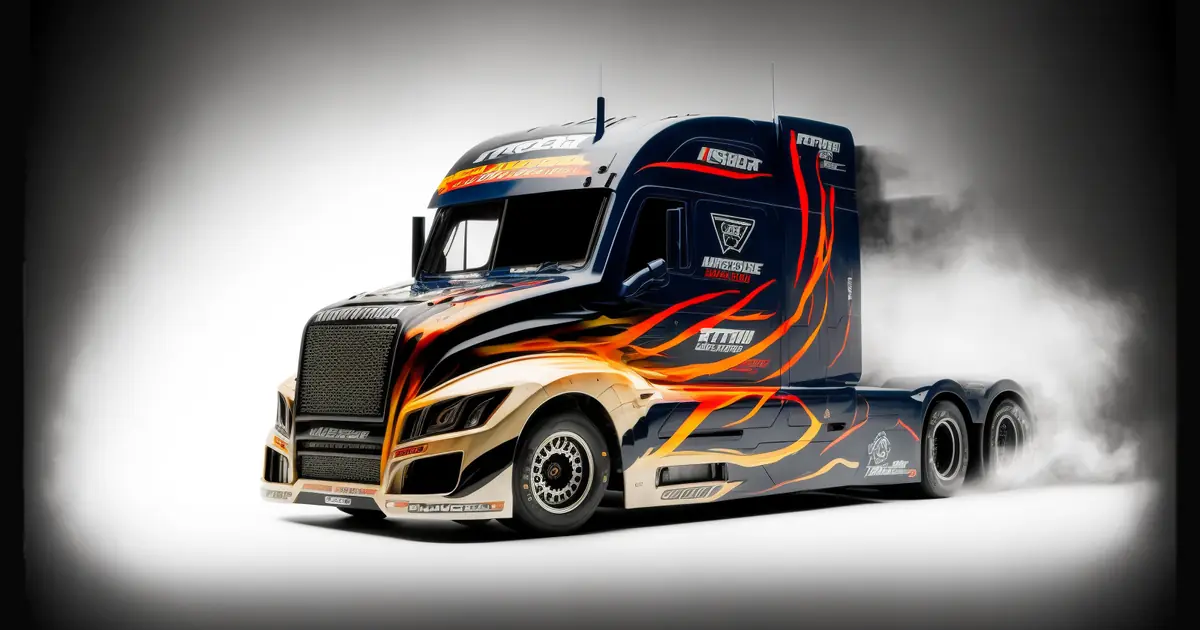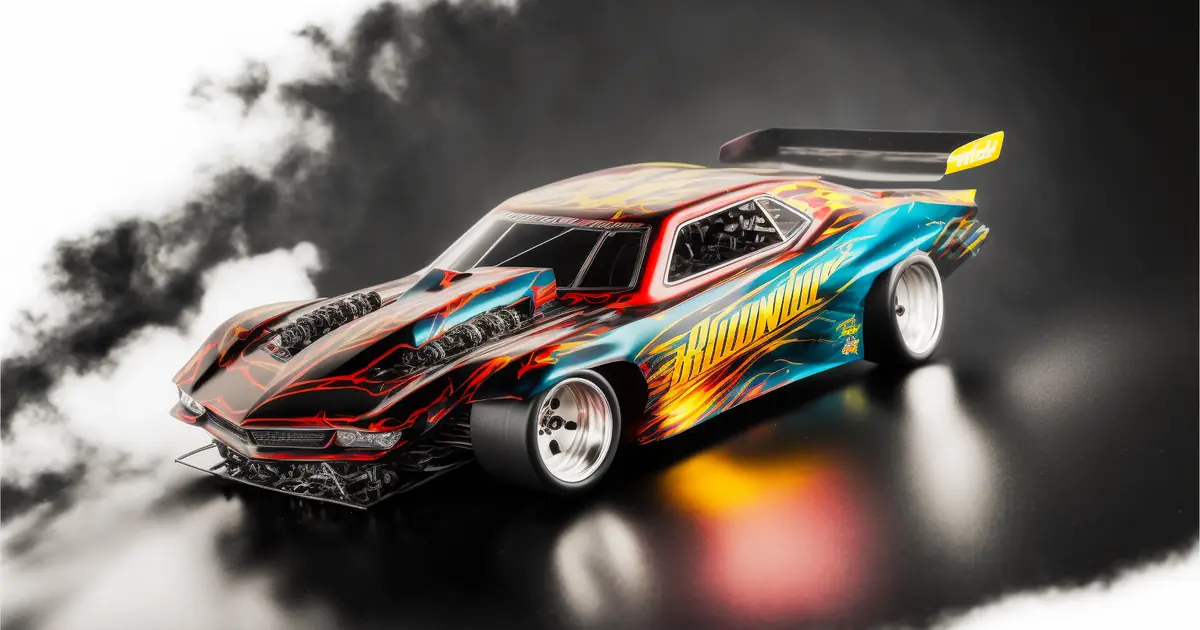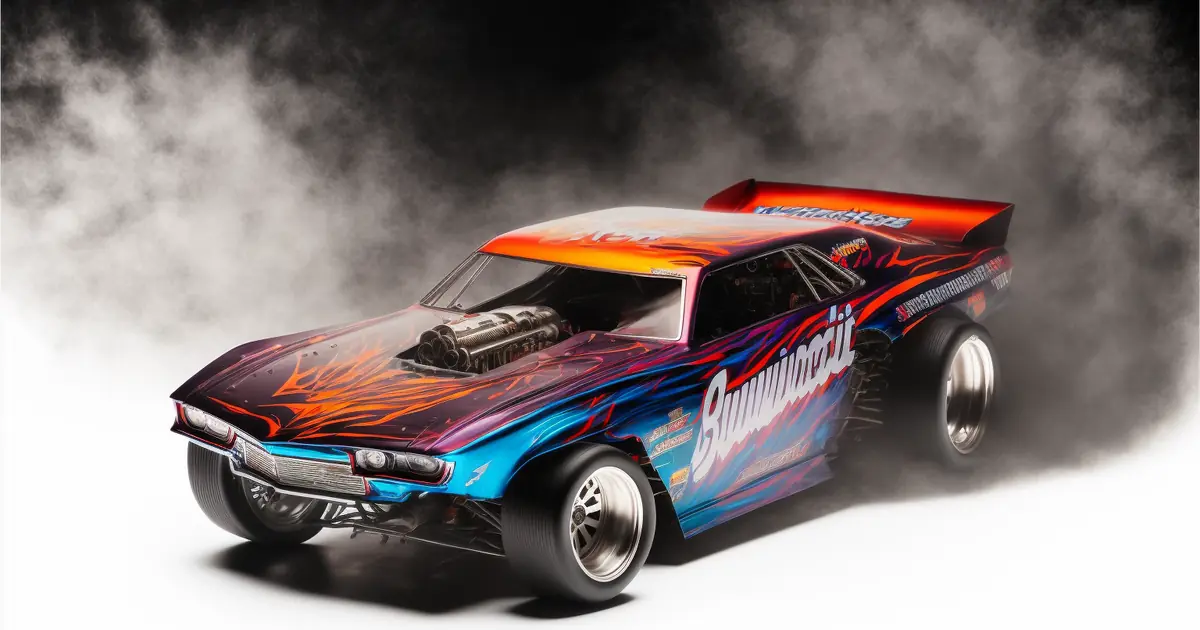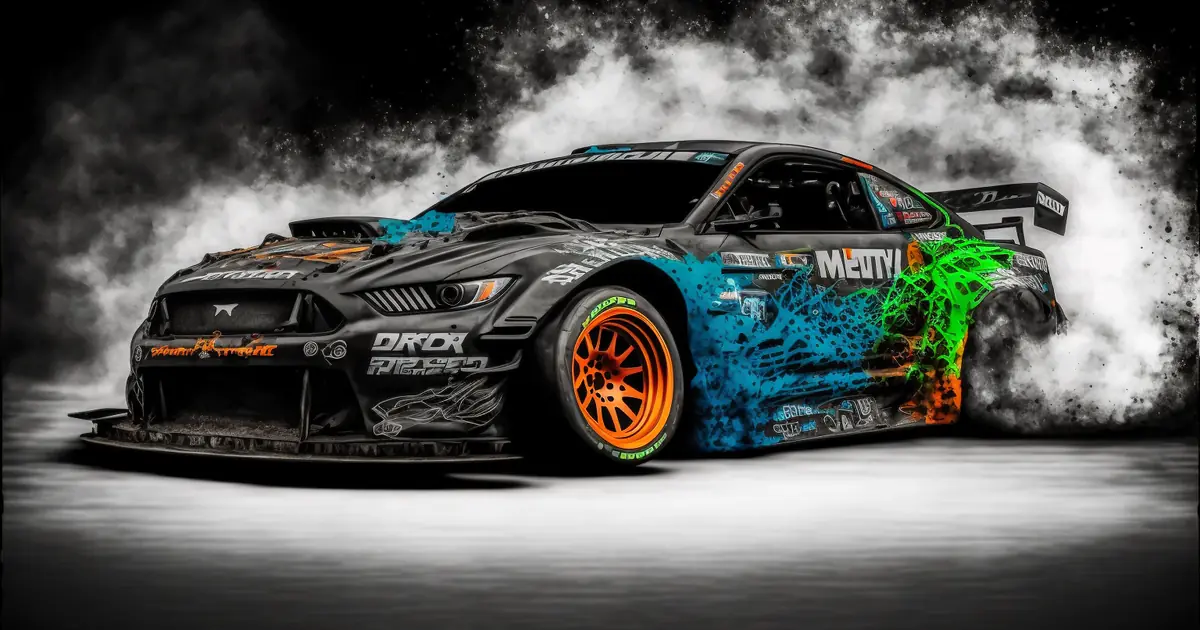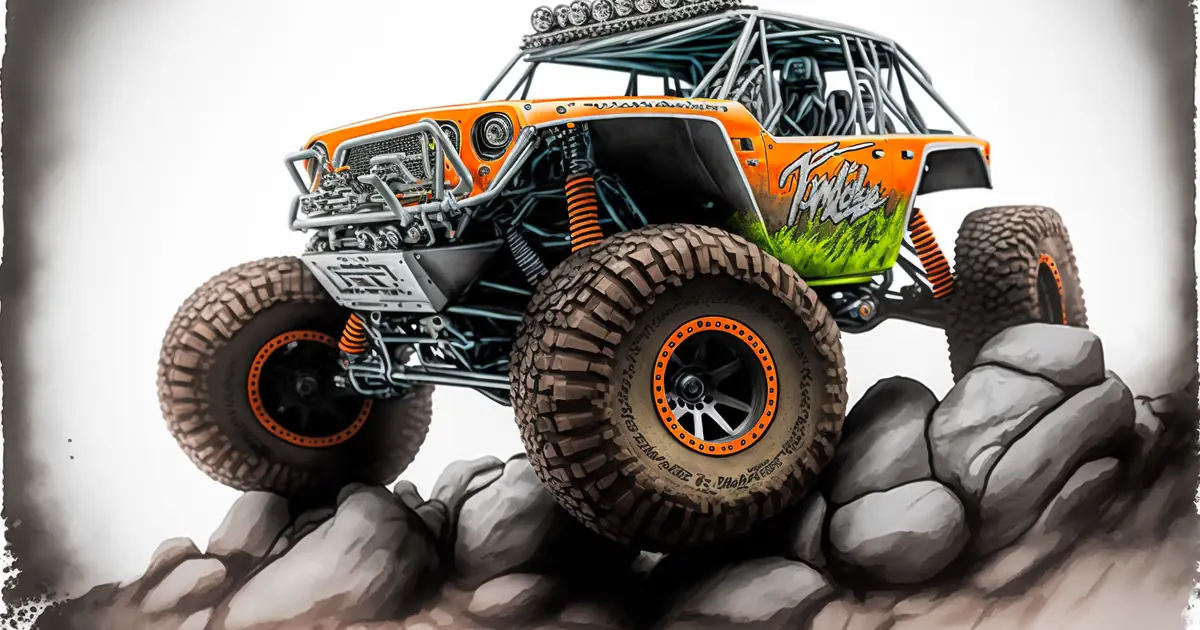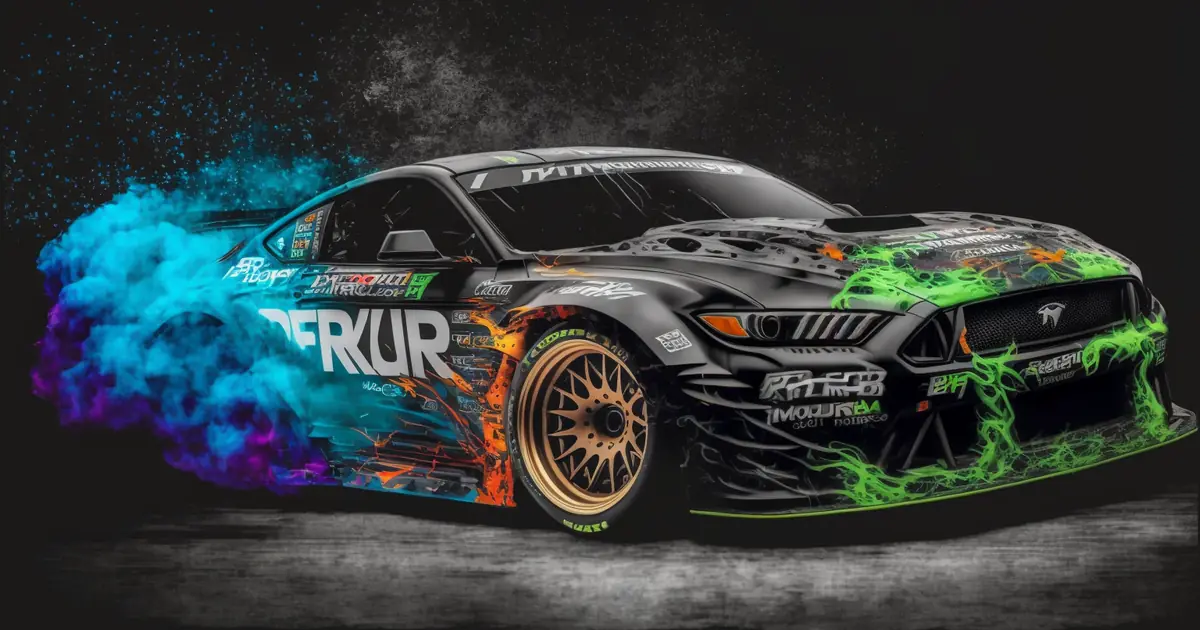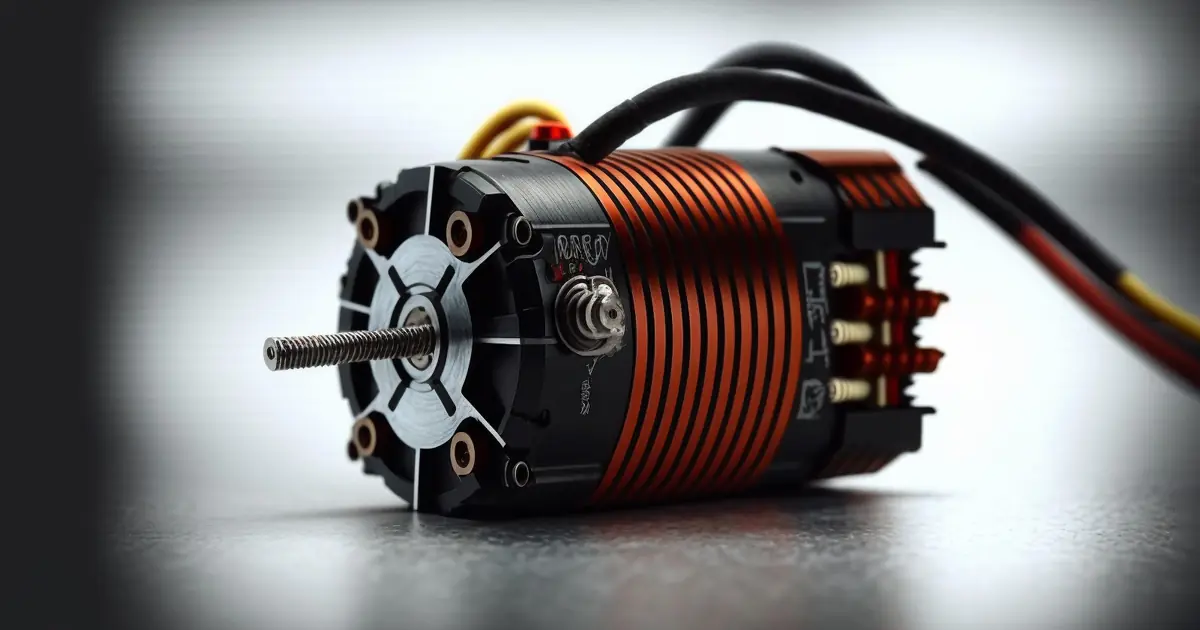 2/14/2023
| By: RC Soldier
2/14/2023
| By: RC Soldier
Brushless Motors Explained | RC Focused Analysis
The topic of brushless DC motors and how they operate is worthy of discussion, specifically within the context of RC models. Brushless motors represent a groundbreaking innovation that you could say transformed the RC industry by replacing traditional brushed motors (in most applications) and becoming the new standard for high-performance RC car racing.
Not only did they help revolutionize the RC car world, they also helped make huge improvements in the automation industry, along with many other areas of life.
In this article, we will delve into the technicalities of brushless motors, examine the advantages they offer over brushed motors, and explore why they have become the preferred choice for RC enthusiasts. Whether you are a seasoned RC pro or a newcomer to the club, this analysis will provide valuable insights into the workings of brushless motors and how you can maximize speed in your RC car.
If you’re looking for information more closely related to choosing which motor is best for your RC car, check out our RC motor guide for performance racing.
Key Differences Between Brushed and Brushless Motors
Here are the main differences between brushed and brushless motors:
- Brushless motors are more reliable and have longer lifespans than brushed motors.
- Brushless motors are more efficient than brushed motors and can deliver more power and speed to your RC car.
- Brushless motors lack any physical contacts that wear out over time, making them less prone to malfunctions.
Mechanically speaking, the main difference between brushed and brushless motors lies in the way they are designed and operate. Brushed motors use physical brushes to transfer electrical energy to the motor’s rotor, while brushless motors use a complex electronic circuit to create a rotating magnetic field that spins the rotor.
Brushless vs Brushed Motor Diagram
Image: RC Roundup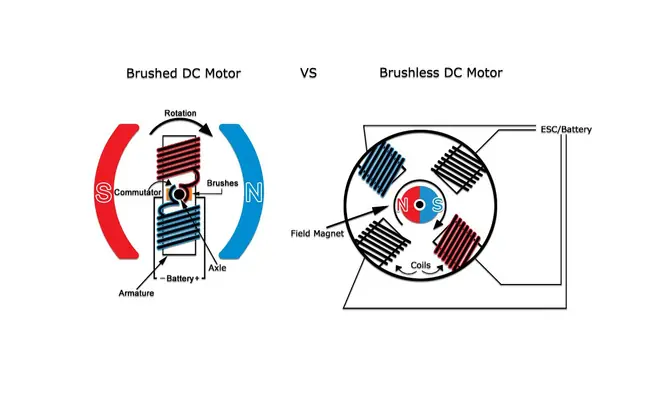
Because there are no brushes in a brushless motor, there is no friction or wear-and-tear to worry about. Brushless motors also generate less heat, making them more efficient and longer-lasting.
Another significant difference between brushed and brushless motors is their power delivery. Brushless motors are more efficient, delivering more power and speed to your RC car. They are simply better suited for high-performance, high-demand applications.
There’s a number of reasons why brushless motors are more powerful, but let’s try expressing them in terms that are easy to understand.
Why Are Brushless Motors More Powerful?
In a brushless motor, the permanent magnets are attached to the rotor, while the electromagnets are fixed in place around the rotor. The electronic control system determines which electromagnets to energize and when to energize them, creating a rotating magnetic field that drives the rotor. This design allows for more precise control of the motor’s torque, resulting in a more efficient use of power and higher torque output.
Because there are no brushes to create friction, brushless motors can spin faster than brushed motors, which also contributes to their higher torque output and lessened heat factor.
Increased efficiency is the driving factor behind the increased power found in brushless motors.
How to Avoid Burning Up a Brushless Motor
To prevent overheating and burning up a brushless motor, it is important to understand the relationship between voltage and current. Increasing the voltage of the motor without decreasing the load or gearing of the RC car will increase current, which is what contributes to an increase in heat.
When the load on the motor increases, it takes more torque for the motor to maintain a higher output speed. Torque is directly related to the amount of current that the motor will pull. Therefore, increasing voltage without taking into account the load and gearing of the car will cause the motor to overheat and eventually burn out.
It is important to note that the motor will likely fail mechanically due to the load factor, not directly because of increased voltage.
An important concept to remember is that the max voltage spec you see when purchasing a brushless motor is only a recommendation. There is a bigger picture when it comes to settling on a safe maximum voltage, which can be determined accurately after thorough load testing and data logging.
Here’s a few tips that will help you avoid burning up your brushless motor:
- Avoid over spinning the motor mechanically by decreasing the gear ratio of the RC car when increasing the voltage to the motor.
- Monitor the current and make sure it doesn’t increase too much when increasing voltage.
- Use an appropriate LiPo battery with the correct number of cells to avoid voltage spikes that can damage the motor.
Kv and Turns are Both Metrics That Describe Power Output
Kv is a metric that describes the motor’s RPM output per Volt input. Motors with higher Kv ratings have higher RPM and are more powerful. The higher the voltage, the faster a motor spins. The Kv metric describes the RPM a motor will spin at full throttle when receiving a specified input voltage. Estimate the RPM of a motor is quite simple. Multiply the Kv value by the battery voltage. Kv equates to units of RPM/Volt.
In contrast, the physical attribute of a motor is described by the number of turns, which refers to the amount of wire wrapped inside the motor.
Higher turn numbers indicate more wire and more resistance, resulting in a slower motor. Conversely, motors with lower turn ratings are faster. The turn rating is inversely proportional to the motor’s power output, meaning that a 4.5T motor is faster than a 21.5T motor. In simpler terms, Kv is like horsepower, while the number of turns is like the physical makeup of the motor.
Graph Reflecting Turns to RPM Output

This graph represents a general dataset, and the numbers can vary. However, it should serve to give you a general idea as to the number of turns (or Kv) you’ll want to look for in your RC motor.
Optimal Number of Turns (and RPM) Varies
Kv and Turns are two different parameters used to describe the performance of a motor. When selecting a motor, it’s important to consider the type of vehicle it will be used in and what your desired speed and torque delivery is. A small 1:10 buggy will require a different motor than a 1:5 scale desert buggy, so answering these questions first can help you pick the right motor for your needs.
The number of turns that professionals recommend differ among different classes and skill-level of racing as well, not just scale. For RC car drifting, the optimal turn motor for beginners is a 20-turns, as it offers sufficient torque while enhancing the control of the vehicle.
On the other hand, an 11-turn motor is better suited for experienced drivers who possess the ability to control the car’s drift at higher speeds and are comfortable managing the car’s response to a broader range of variables.
The Arms Race of Brushless Motors
Designers of brushless motors are in an arms race to increase the power and speed of these motors. To increase the torque constant, which is necessary for generating more torque, designers are using ever stronger magnets, such as NeoFe, that generate a high flux in the winding. To decrease joule losses, which cause heat generation, designers are optimizing the wire section to have the lowest copper resistance.
Conclusion
Overall, brushless motors were a huge improvement to the RC car world. Choosing the right speed controller, gear ratio, and battery system is very important. However, that’s the case with brushed motors as well.
It’s rare that we get such an upgrade such as this that doesn’t add an extra layer of complexity… Or some other caveat. So, we say embrace the brushless revolution!
Hopefully you found this article helpful! If you'd like to know more about RC Cars, RC Boats, or Drones,
check out our blog, or utilize the search feature at the top of the window.
This post may contain products from our affiliates, and we'll be compensated if you buy after clicking a link. It's how we grow our business and offer you great content!

